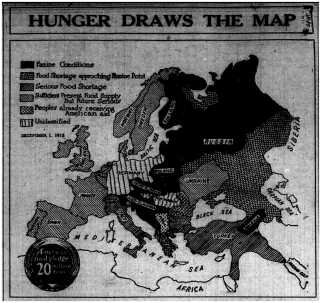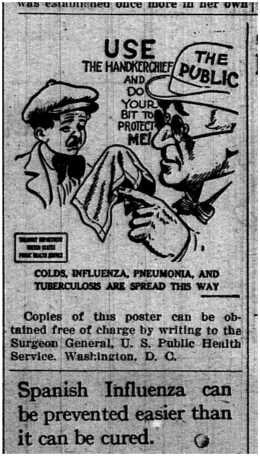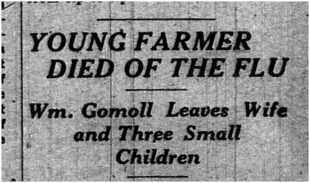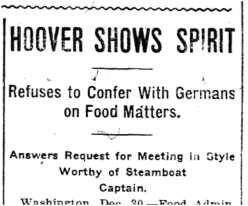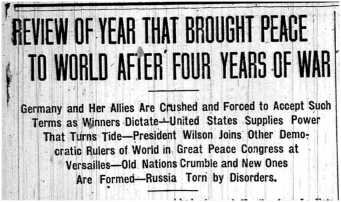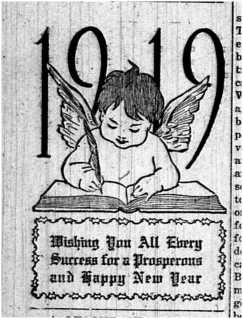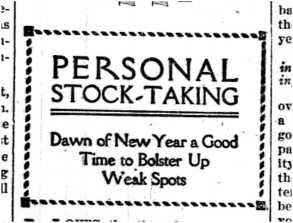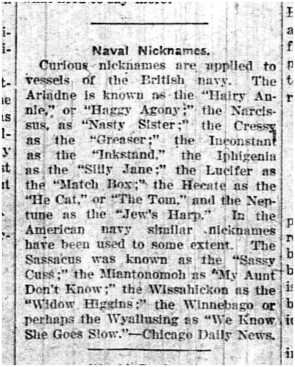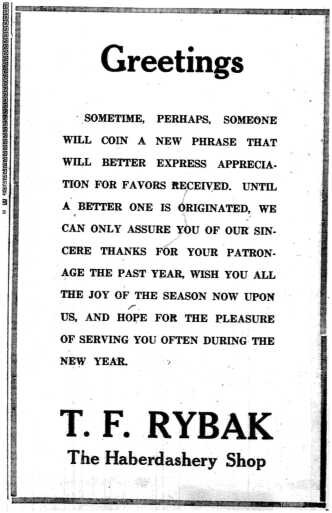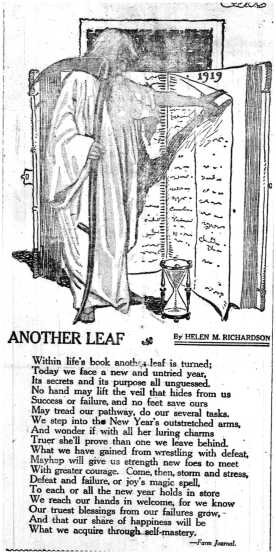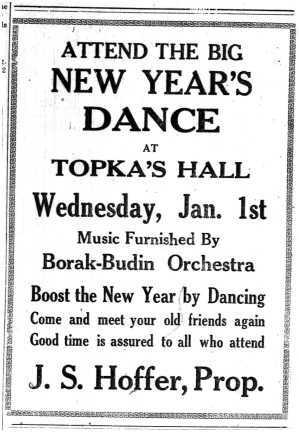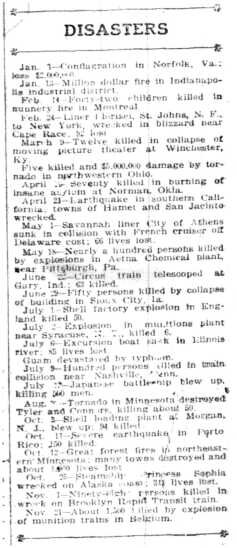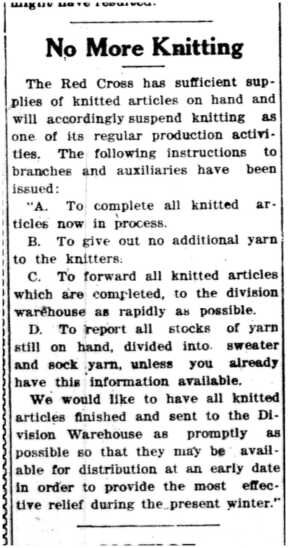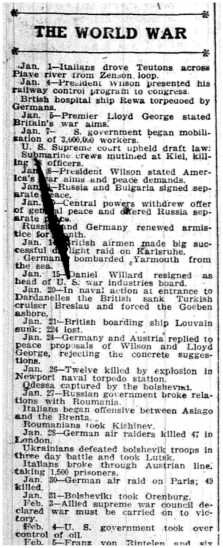These recollections were dictated by Joan Muehlbauer and Corrine Meierbachtol of Belle Plaine in 1980 and originally shared in the collection “As I Remember Scott County”
Tom O’Connor delivering mail in Belle Plaine, 1905. Photo from the SCHS Collections.
Our dad, John McDevitt started hs mail carrier job in 1903. He had three horses. In the summer he had a two wheel buggy. When the water was high in the spring, he would have to leave his horses at the last patron’s hows, that of Adam Brandl. He would also sometimes have to spend the night there. When I was a little girl, I can remember how unhappy it made me when e couldn’t come home. When we had a phone he would call up and talk to me and it would be ok. If the current in the river was not too swift, the mail could be brought over in a bot to him,
Belle Plaine mail carriers, 1913. Photo from the SCHS Coilections.
In the winter he would travel in a cutter drawn by one horse. A large stone was placed in the oven of the cookstove overnight, and in the morning the stone was wrapped in burlap. That was kept near his feet. He wore a heavy, sheeplined coat. A nice warm horse hair blanket covered him. All was fine, unless he had to go over high snow drifts, which many times tipped over the sleigh. He had to be at the post office at 8:30 in the morning to sort the mail. Then he came home and had a hot bowl of soup. The only lunch he took was a thermos of coffee. He left for the route at ten o’clock. The route was 30 miles long, In good weather he was home around three. In the winter, it was later.
He bought the first car in 1925. It was a Model T Ford. When we were old enough, we were taken with him on the route to keep him company. He was a mail carrier from 1903 until 1932.
















